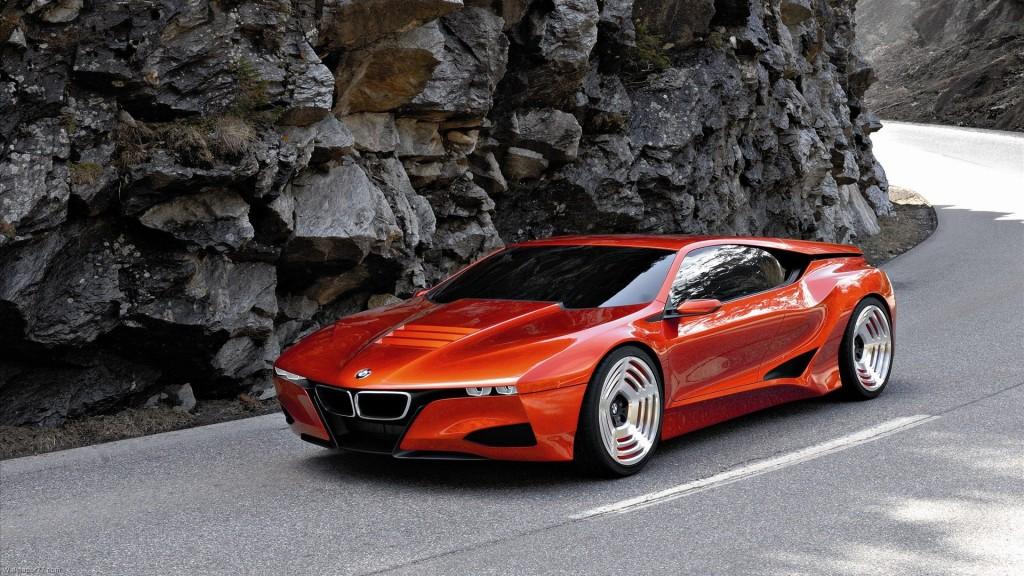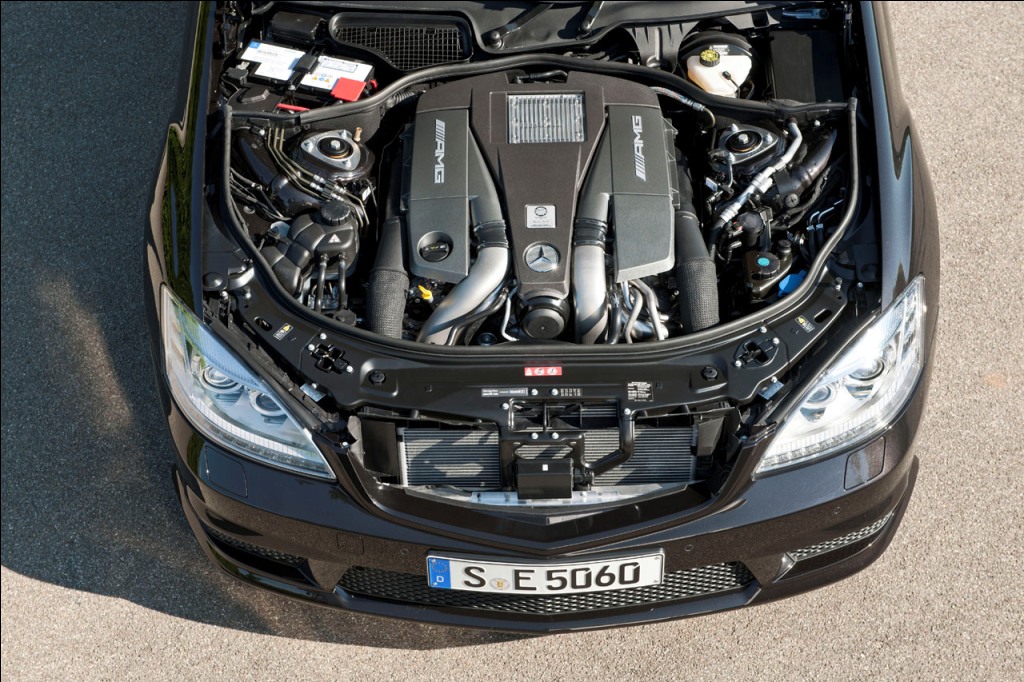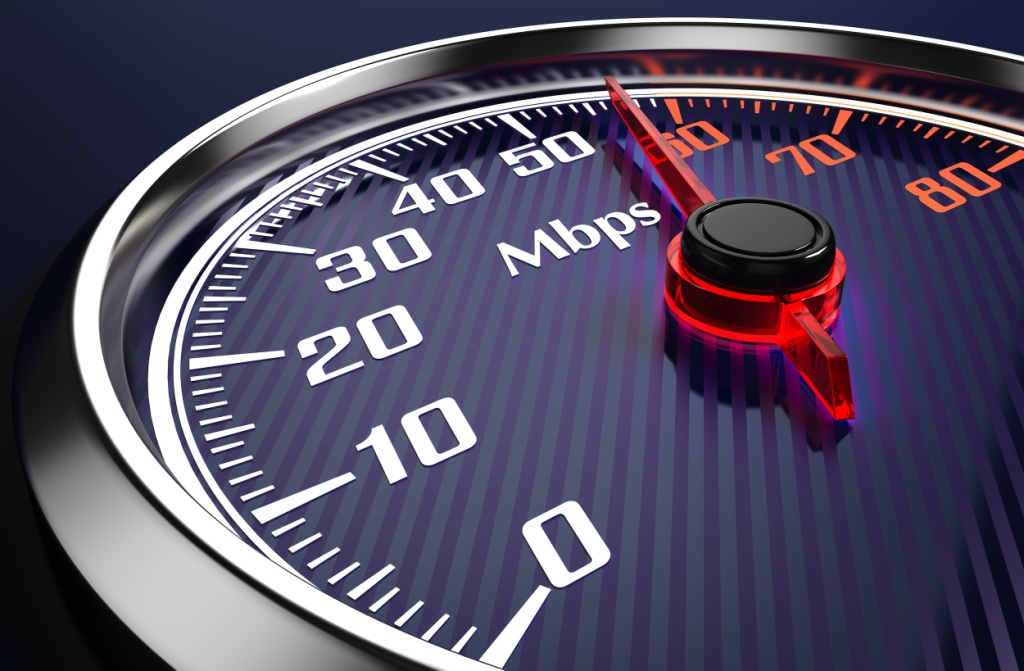Every field has its own terms and glossary. Automobile industry is also having its own technical terms. We came across all these terms whenever we are reading about automobiles. So, let’s have look on some important terms which everyone should know to understand the functioning of a car.
Anti-lock Braking System (ABS)
Braking systems which prevent wheel lockup under severe braking to retain steering control. They sense wheel rotation and automatically “pump” the breaks for the driver in emergency braking conditions. The pumping and the prevention of wheel lockup allow the driver to retain steering capabilities. A customer purchasing a vehicle with such a system would be well advised to insist on the dealership demonstrating the proper use and maintenance of it. Most of these systems work when the driver applies heavy, constant braking pressure, and do not need the driver to “pump” the brakes as he may have been previously taught.
Clutch
This drivetrain component is found between the engine and the transmission. It acts as a coupling device which is used to engage and disengage the transmission from the engine when shifting gears. It is necessary to do this joining and detaching because the engine is turning at a relatively high rate (thousands of revolutions per minute), and attempting to alter a gear ratio at this point could send various bits of transmission shrapnel careening about the occupant compartment.
Four-Wheel Drive (4WD)
A transfer case distributes power to both axles in order to drive all four wheels. Sometimes called All-Wheel-Drive.
Horsepower (hp, bhp)
Abbreviated as hp, as in 200hp engine, or bhp (brake horsepower or net horsepower) to designate power produced by an engine. In general, the higher the horsepower, the higher the vehicle’s top speed. One horsepower is the power needed to lift a 550-pound weight one foot in one second.
Manual Transmission
A transmission that varies the power and torque through a foot pedal-controlled clutch and a floor-mounted or steering-shaft-mounted gear selection lever.
Max power
A function of torque and engine speed. Given in brake horsepower at a particular engine speed. Eg: 80bhp at 5000rp
Max torque
The maximum turning force of an engine. Given in Nm or kgm at a particular engine speed. eg 100Nm at 2520rpm.
Kilometers per liter/KMPL
Measurement of fuel economy. Generally, a vehicle maker may offer kpl ratings for city driving, highway driving, and combined driving, so there is no definitive single measure overall.
Power Steering
A steering system that uses a separate motor or engine power to reduce the effort necessary to turn the front wheels.
Revolutions Per Minute (RPM)
Describes the speed at which the engine crankshaft is turning.
Side Airbag
An inflatable cushion that fills the space between the door and the occupant to prevent head, torso and pelvic injuries when a vehicle is hit from the side. Side airbags may be stored in the door-trim panel or the outboard side of the seat; they may protect the hip and torso only or also protect the head. A new design, called an inflatable tubular restraint, is stored in the edge of the roof headliner and attached at the base of the A-pillar at the front end and above the doors along the roofline at the other. The device inflates into a somewhat stiff tube that prevents the occupant’s head from hitting the side pillar or the window.
Suspension
Springs, dampers, shock absorbers, hydraulics, wishbones, roll bars, struts, and links used to suspend the frame, body and engine above the wheels. The main job of the suspension is to keep the tyre in contact with the road at all times.
Torque
A measure of twisting force, given in foot-pounds (abbreviated as lb.-ft.) or Newton-meters (N-m). In the case of an automobile, it is the twisting or rotational force the engine exerts on the crankshaft. Vehicle specifications often include the maximum torque an engine produces at a specific number of revolutions. An engine that produces 200 lb.-ft. of torque at 3,000 revolutions per minute, or 200 lb.-ft.@ 3,000 rpm, accelerates better at low speeds than an engine that provides 200 lb.-ft.@5,000 rpm.
Transmission
The transmission is used to take the high-speed, low-torque power of the engine and convert it to a lower-speed, higher-torque output, which ultimately turns the drive wheels. Transmissions come in a wide variety of choices, but they basically divide into three categories: Manual, Automatic, and Manumatic. Lower gears allow fast acceleration, higher gears provide better gas mileage. Manual transmission uses a system of gears to create the high torque output required from the engine’s high-speed input. A clutch is used to disengage the transmission from the engine when shifting gears. Automatic transmissions do the shifting for the driver. No clutch is required. The shifting is accomplished by a hydraulic oil system. Manumatic transmissions are a hybrid of manual and automatic transmissions. In most cases they require no manually operated clutch, but they allow for the driver to shift gears manually when desired.
Wheelbase
The distance between the center of the front wheels and the center of rear wheels.
~ANKIT YADAV









0 Comments